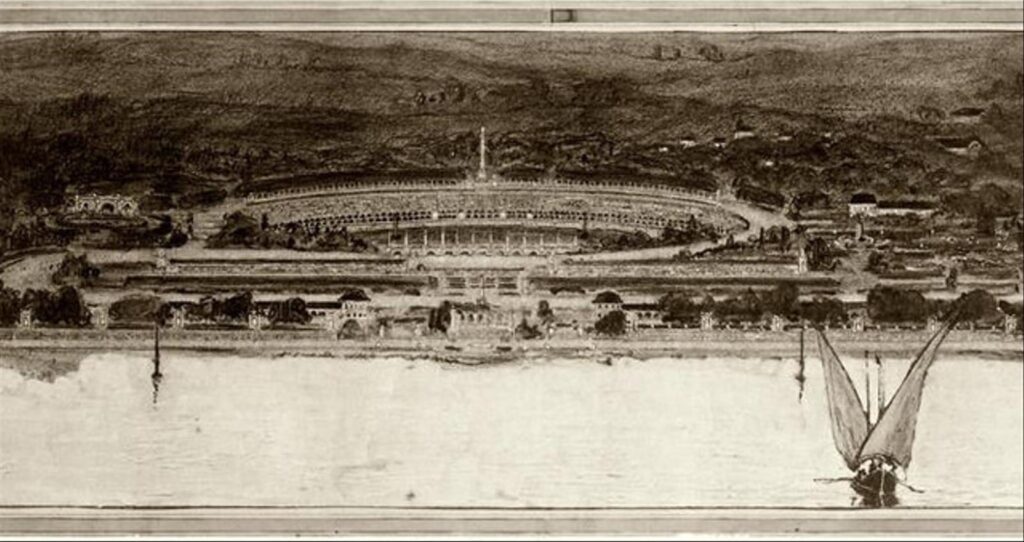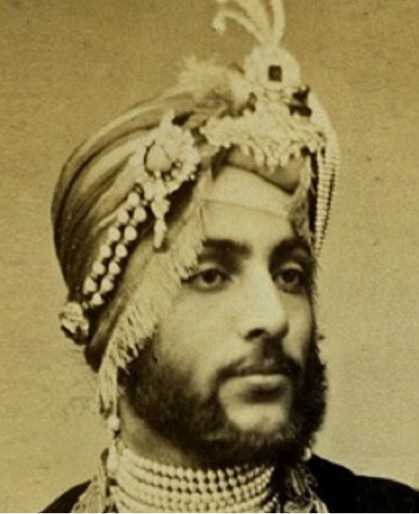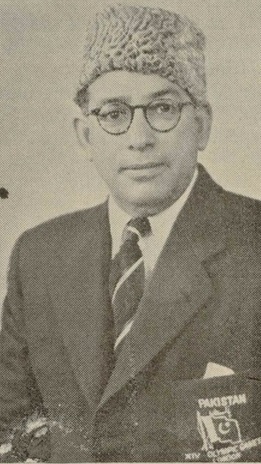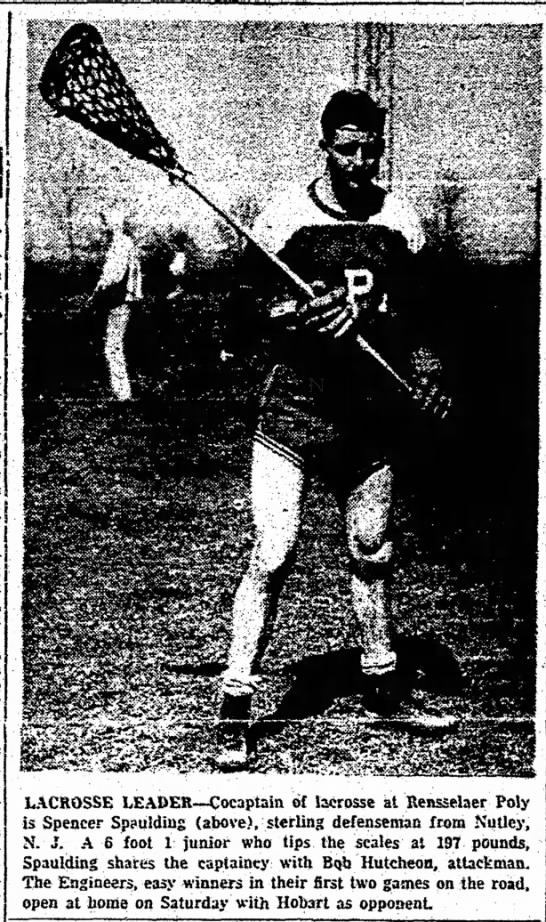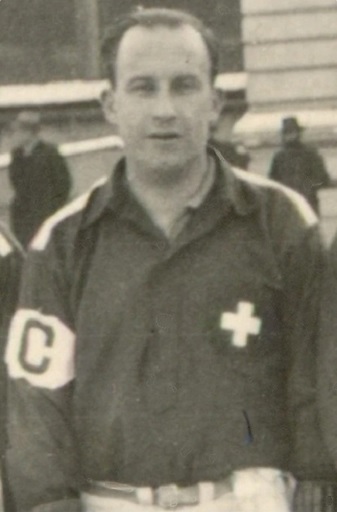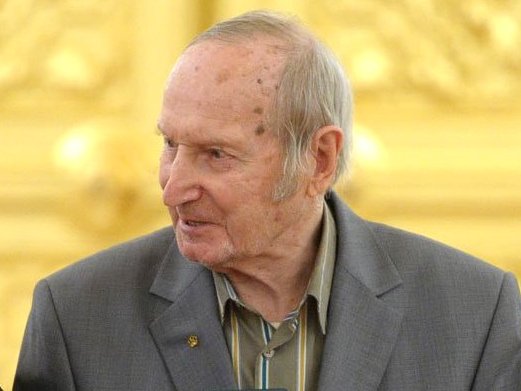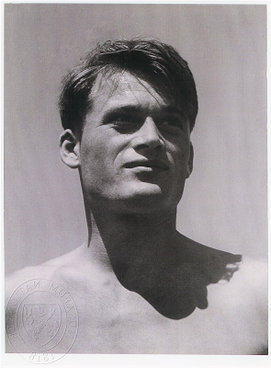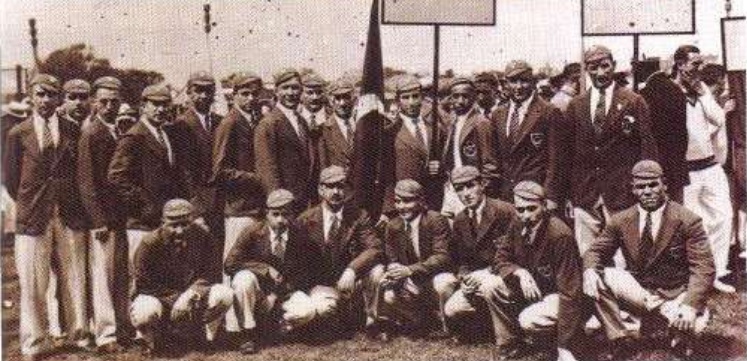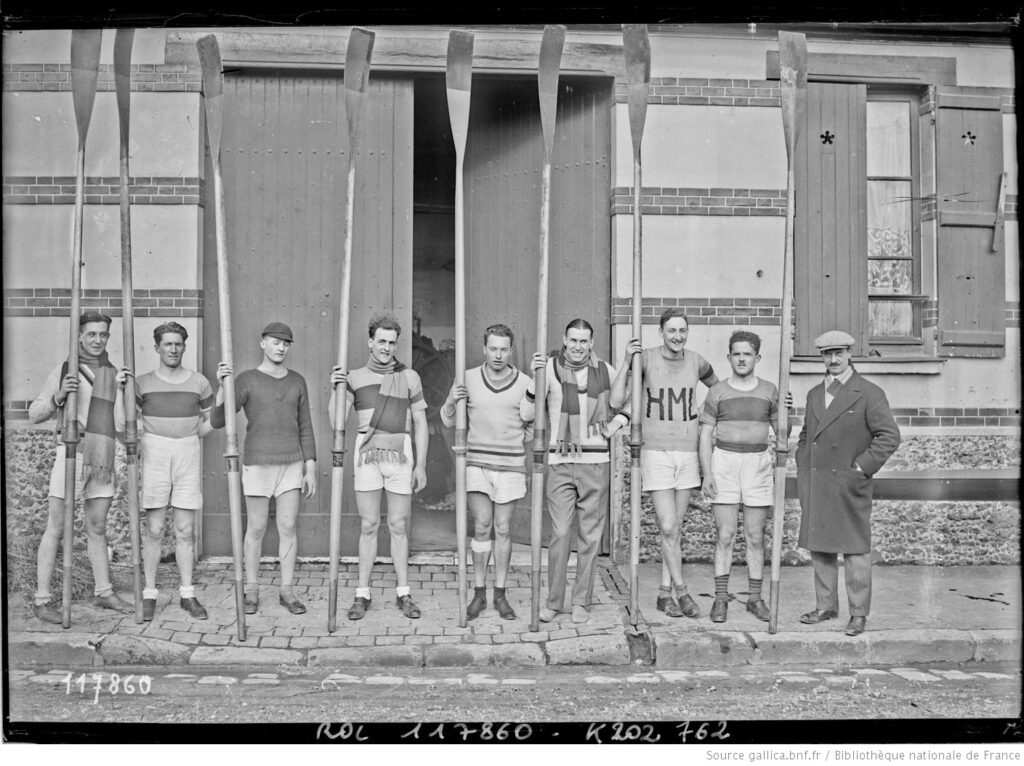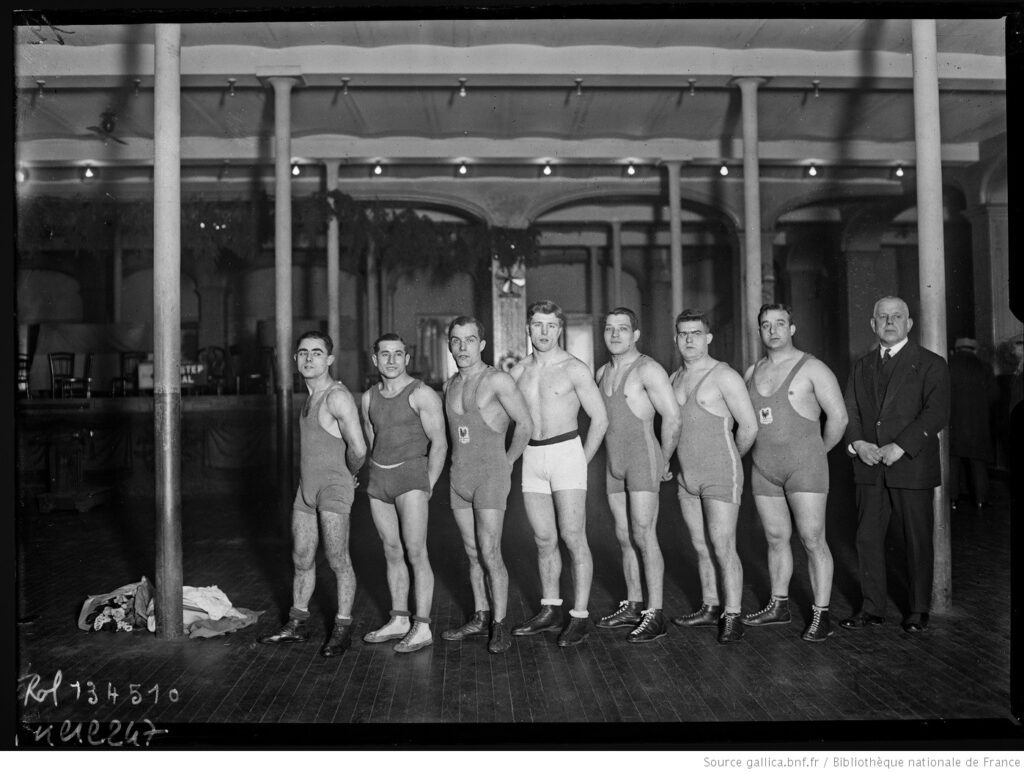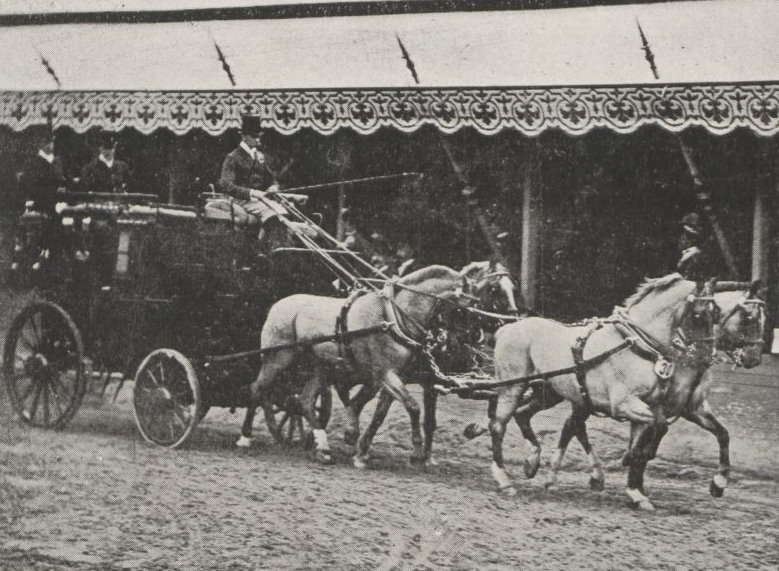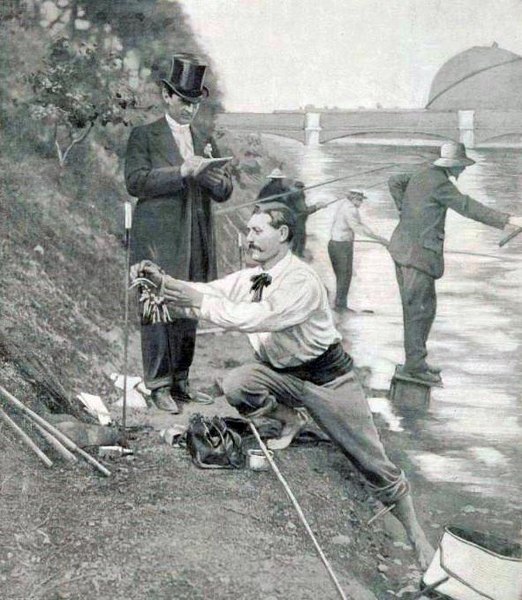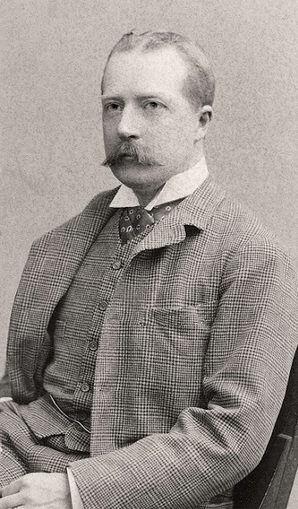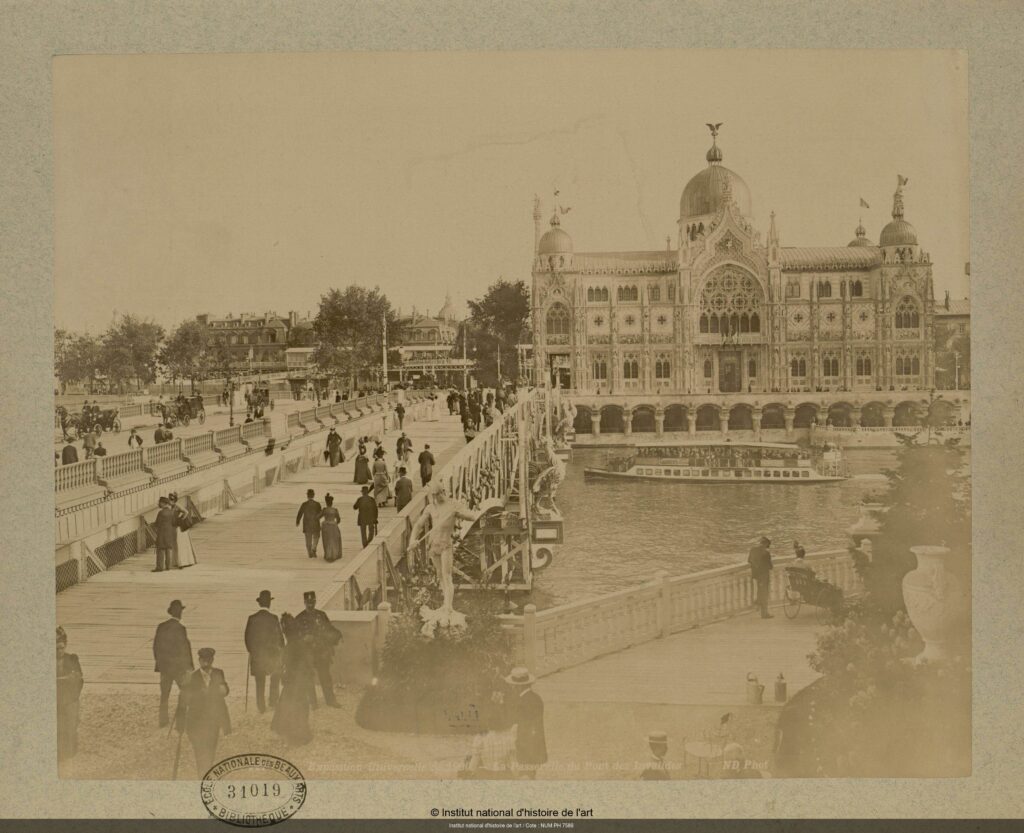A few days ago, the IOC’s official Twitter channel asked the following question:
Most answers were “Stockholm 1912”, which was later also confirmed as the correct one. But my answer would have been “well, that depends”. Of course, that could be because I used to be a consultant, but I think there’s really multiple possible answers here.
One reason for this is there’s no universal definition of “continent”. There are said to be five continents here by the IOC. According to the definitions at Wikipedia, there’s one configuration with five continents, but that includes Antarctica. Of course, there have never been any Olympians from there, so we’ll look at the options with six continents. Excluding Antarctica, that gives us:
- Africa, Asia, Europe, America and Australia
- Africa, Eurasia, North America, South America and Australia
As for the first option, it’s also worth noting that two countries relevant to us are in both Asia and Europe: Turkey and Russia.
Athens 1896
With this in mind, the first possible answer is Athens 1896. But this is a bit of a stretch. If we look at continental configuration 1, it’s clear that participants from Europe, America and Australia have competed. There are some participants, however, that are usually listed as Greek that could be said to hail from Asia and Africa, though. For example, tennis player Casdagli is sometimes listed as Egyptian (and he lived there part of his life, although British is probably a better guess for his nationality), while cyclist Loverdos hailed from Smyrna, which is in the Asian part of Turkey. Stretching even further, we could look at continental configuration 2. That eliminates the need for an Asian competitor, but requires a South American one. This might have been Subercaseaux, who some Chilean researchers insist competed, but the evidence for that is limited at best.
Paris 1900
The case for 1900 being the right answer is much more reasonable than 1896. There definitely were competitors from Australia, Europe, North and South America, as well as Asia. Three competitors in gymnastics definitely hailed from Africa: Castiglioni, Koubi and Martinez all represented a club from Oran, Algeria, and hailed from the same place. However, they are usually listed as French, given that nation’s control of Algeria at the time.
St. Louis 1904
St. Louis definitely featured competitors from (North) America, Europe and Africa, as well at least one Australian. However, there were no Asians in the events that are normally considered of Olympic status. But such distinction was not clearly made in 1904, so you could make the case that the rather embarrassing Antropological Days should be included as well. This display included “athletes” (they were attendees to the Louisiana Purchase Exposition) from various “primitive” people. This include Native Americans (including from Patagonia, thus also covering South America), but also Japan and the Philippines, giving room for an argument there were Asian competitors.
Athens 1906
The Intercalated Games – held at the 10th anniversary of the first Olympics – are not presently recognised by the IOC as official Olympics, but given the official status at the time and its importance for the Olympic Movement, I’m including it here. When using the first continental configuration, the question marks are Asia and Africa. Like for 1896, there’s representatives typically listed as Greek that could be termed Asian (e.g. from Smyrna) or African (again Casdagli, as well as his brother). The Asian link is a bit stronger, though: one athlete from Ankara (albeit of Armenian heritage) also competed.
London 1908
For 1908, the only question mark is Asia. There was one Turkish competitor, Aleko Mulos, so one might say Asia was represented. However, given that he represented the Galatasaray High School, we might surmise Mulos was from the European part of Istanbul, making his claim as an Asian competitor a bit weak. It’s possible, though, that one of the six Russian competitors hailed from across the Ural (and were thus Asian), but details on these competitors are scarce, but I’m not aware of any that did.
Finally, we might inspect the huge British contingent. That featured several athletes born in Asia, and several of them spent most of their lives there, such as William Knyvett, so they might be termed Asians. However, from 1908 on all competitors officially represented a country or NOC, so most conventional is to view them as British.
Stockholm 1912
Finally, there’s 1912, the “official” answer. This is the first year where we can do an unqualified claim: with Japan competing, there is no need to depend on the cross-continental nations of Turkey and Russia to put a check next to Asia. And with the – this time undisputed – presence of Chile, even the adherents of the second continental configuration can be satisfied.
Embed from Getty Images
I hope the above makes clear that even such a simple question has a complex answer if you’re into Olympic statistics. But, if pressed to give a single answer, I would probably go for Paris 1900
